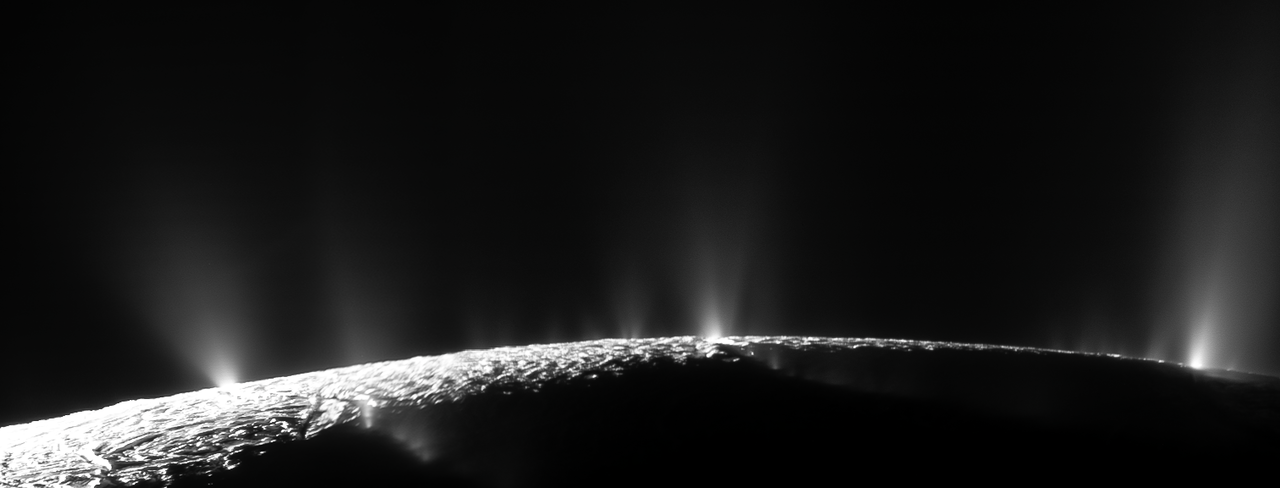
As someone who has lectured for more years than I care to remember and written books about space, I've grown accustomed to constantly rewriting sections as new discoveries emerge. The discovery of the dwarf planet Makemake led to such rewrites, but until now we didn't know much about this elusive world. A team of scientists at the Southwest Research Institute has recently changed that with their detection of methane gas on Makemake using the James Webb Space Telescope. It's exactly the kind of discovery that sends authors like me back to the drawing board, because this finding doesn't just add another detail to Makemake's story, it fundamentally changes how we view these distant worlds.
Continue reading
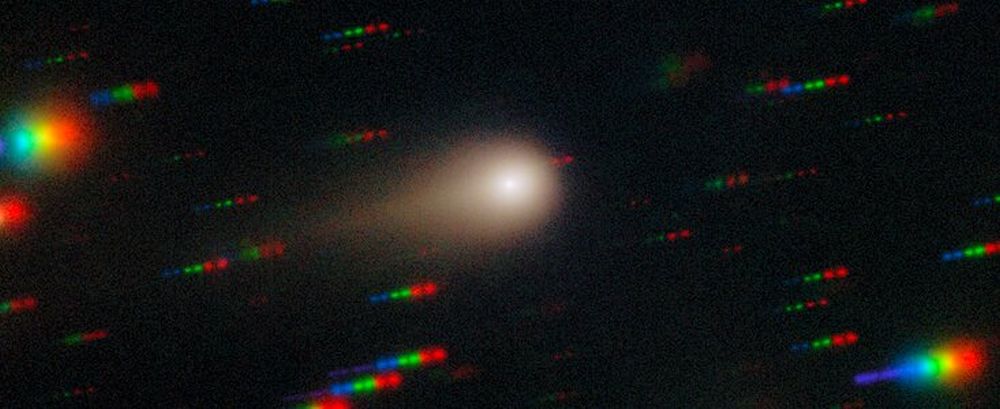
Interstellar comets are rare, and astronomers don't like to miss an opportunity to observe one. Now the Gemini South Telescope has taken a turn at imaging Comet 3I/ATLAS, the visitor from another star system. The images help show that the comet's tail is growing as it approaches the Sun.
Continue reading
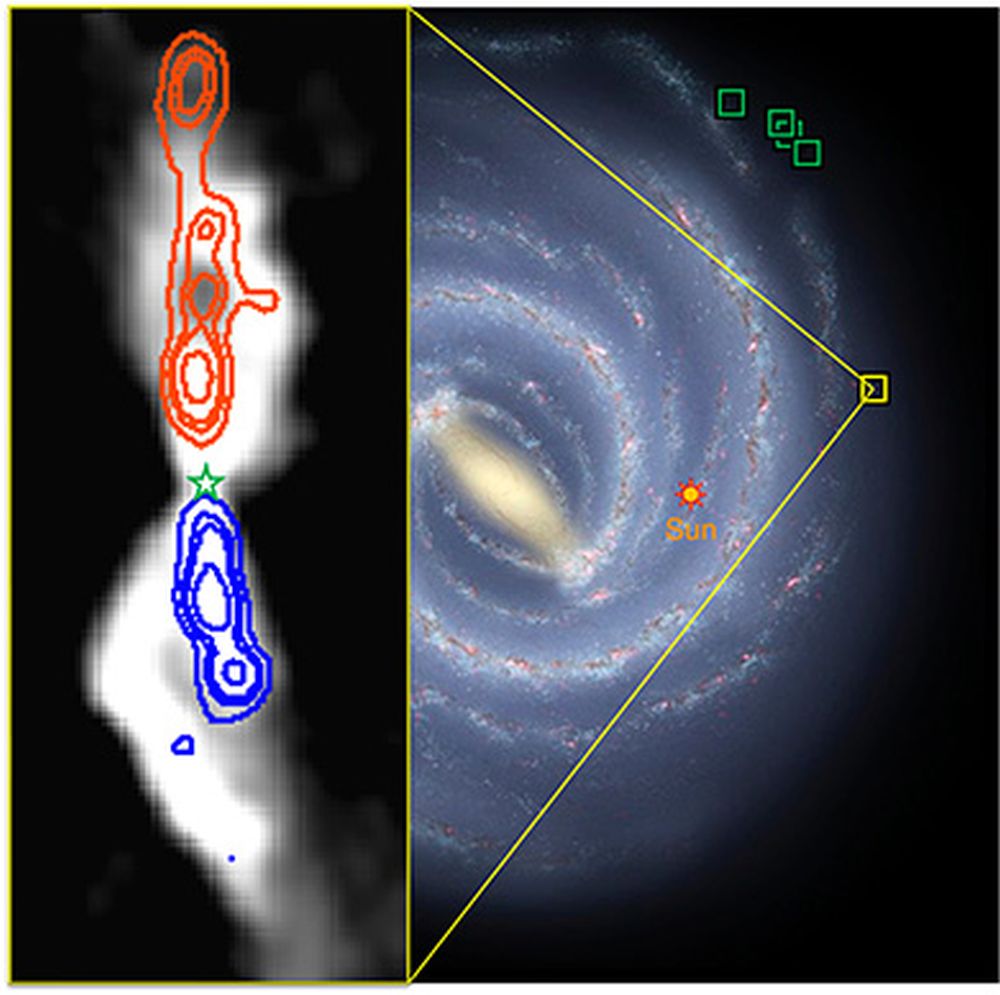
A team of Japanese astronomers has detected protostellar outflow jets in the outer regions of the Milky Way. This is the first detection of this type of jets in this part of the galaxy. Since this part of the galaxy is similar to the more ancient Universe, it's evidence that star formation in the modern Universe is similar to star formation in the ancient Universe.
Continue reading
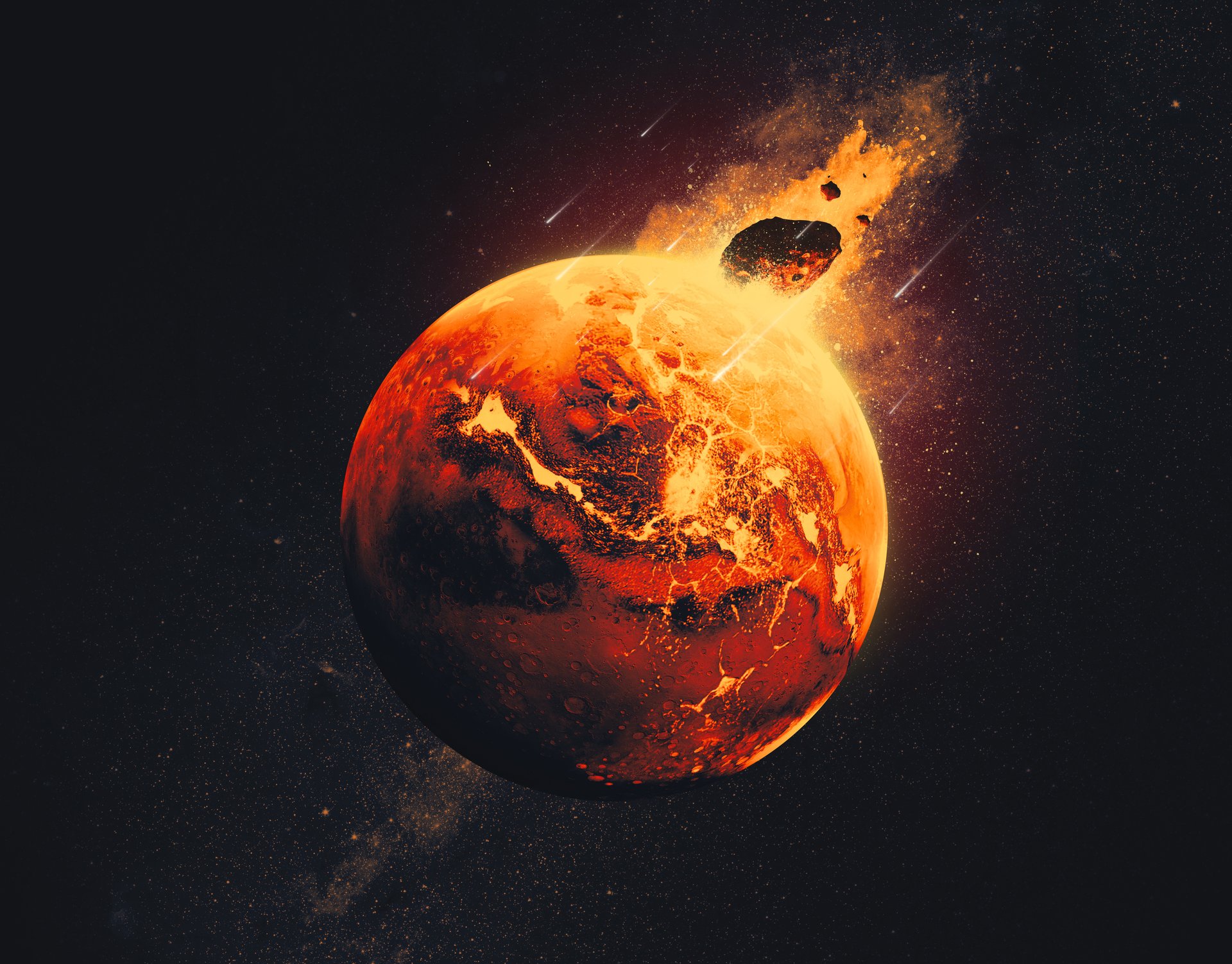
Rocky material that impacted Mars lies scattered in giant lumps throughout the planet’s mantle, offering clues about Mars’ interior and its ancient past. Data provided by the now-retired InSight lander is shedding light on how this shaped Mars' structure and evolution.
Continue reading
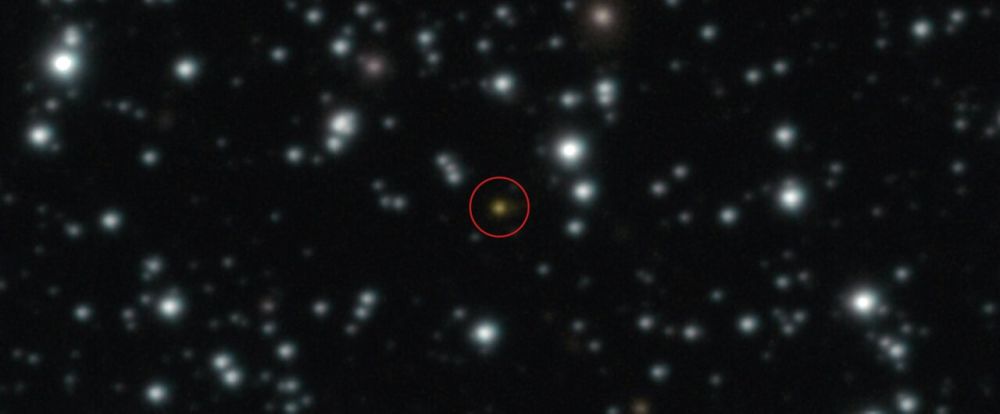
Astronomers have detected an explosion of gamma rays that repeated several times over the course of a day, an event unlike anything ever witnessed before. It took place in a distant galaxy and was first detected on July 2nd. Scientists are trying to understand what could've caused it.
Continue reading
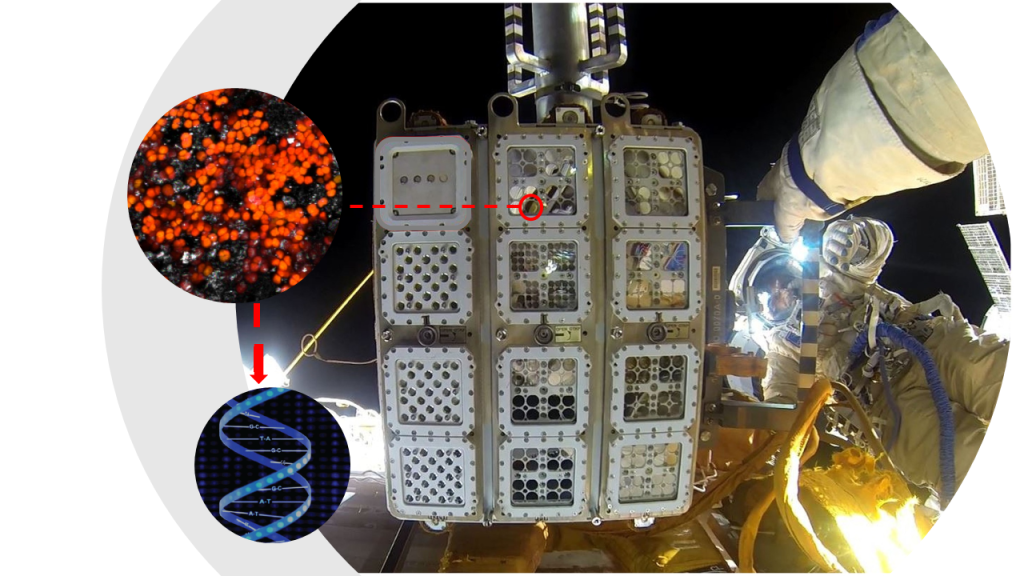
Extremophiles are a favorite tool of astrobiologists. But not only are they good for understanding the kind of extreme environments that life can survive in, sometimes they are useful as actual tools, creating materials necessary for other life, like oxygen, in those extreme environments. A recent paper from Daniella Billi of the University of Rome Tor Vergata , published in pre-print form in Acta Astronautica, reviews how one particular extremophile fills the role of both useful test subject and useful tool all at once.
Continue reading
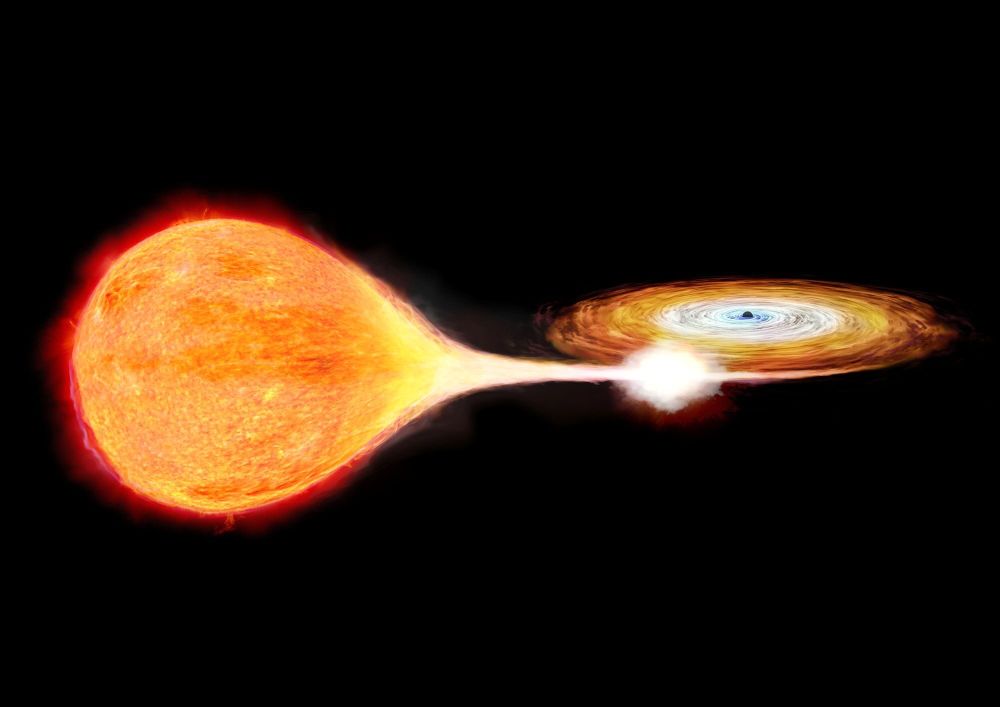
Stellar mass black holes have only a few solar masses, and are much different from their gigantic counterparts, supermassive black holes. When these modestly-massive black holes are actively accreting matter, new research shows that the process is anything but orderly. Instead, it's characterized by different velocities, different ionization zones, and other complexities.
Continue reading
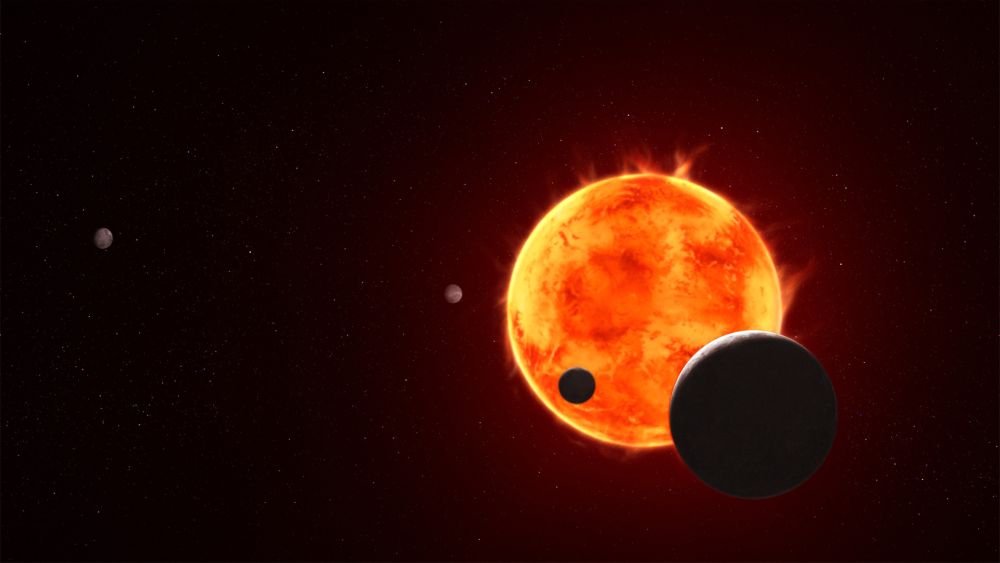
The JWST has begun examining the atmosphere of the habitable zone planet TRAPPIST-1 e. It's not finished yet, but the first observations indicate that the the planet hasn't retained its primary, or original, atmosphere. The TRAPPIST-1 star exhibits powerful flaring that likely stripped it away.
Continue reading
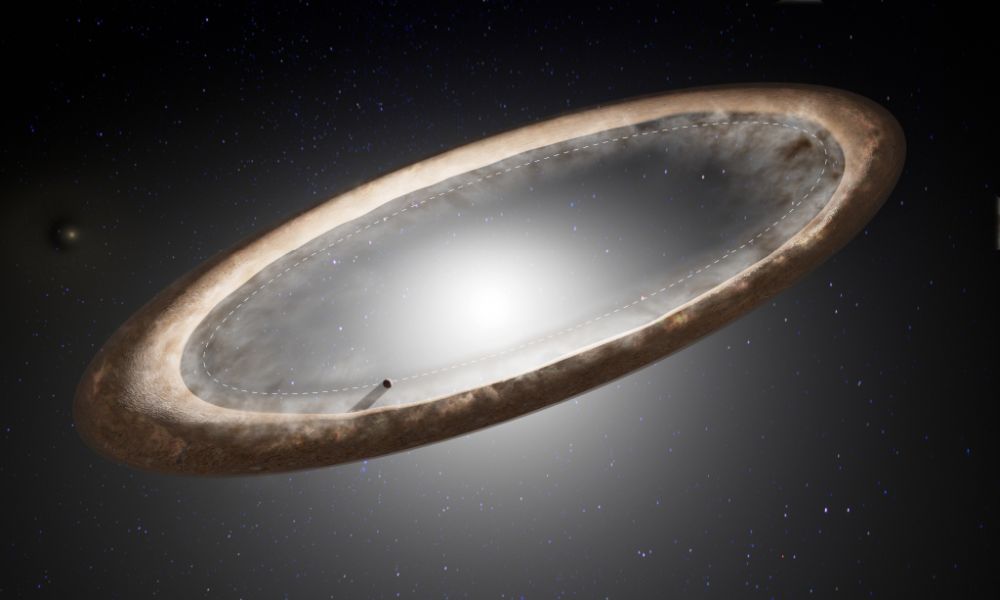
Fomalhaut is one of the brightest stars in the night sky and has been observed in great detail for decades. Some research suggests it hosts exoplanets, while other research counters that. The latest observations of the star's disk with ALMA favour the existence of a planet.
Continue reading
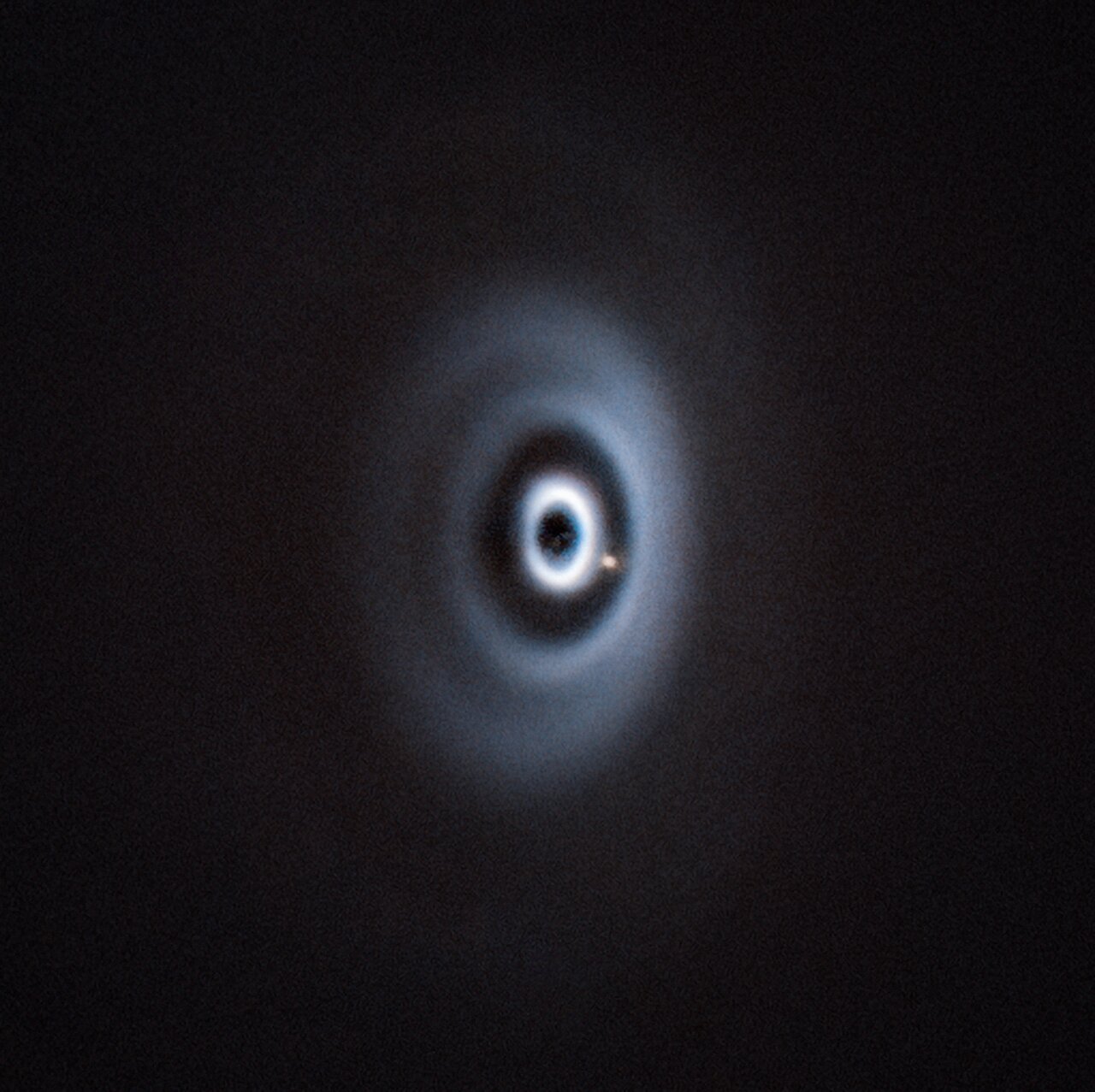
Circumstellar discs are believed to be key components in planetary formation. However, we have very little actual evidence of planets growing in the “rings” that surround young stars. So planet formation theorists were ecstatic to learn that two new papers in Astrophysical Journal Letters describe a planet that is actively forming in the gap it most likely created in the ring system of a young, Sun-like star.
Continue reading
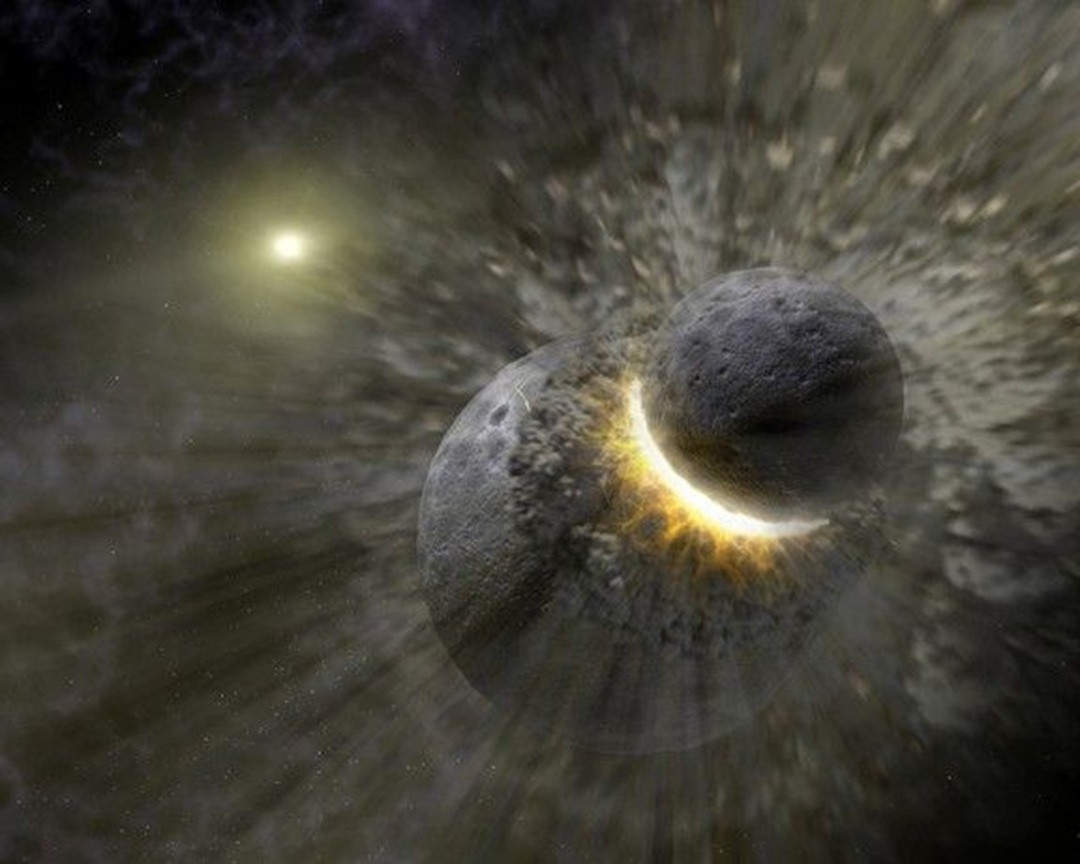
After the formation of the Solar System, it took a maximum of three million years for primordial Earth's chemical composition to settle. At the time, there was hardly any water, carbon compounds, or other ingredients necessary for life to emerge. Only a planetary collision that came later would have brought water to Earth, according to a new study by researchers from the Institute of Geological Sciences at the University of Bern.
Continue reading
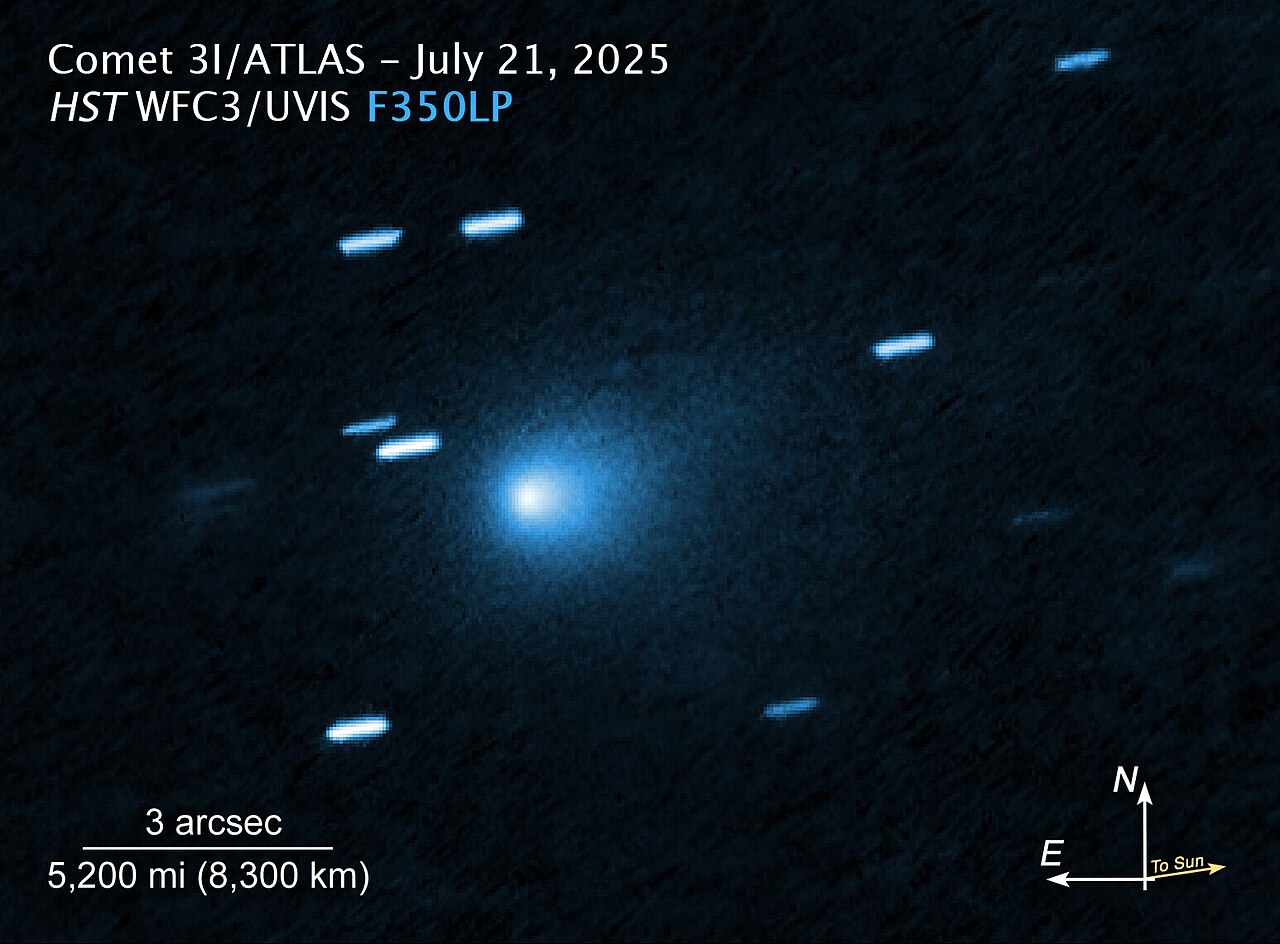
A new development study from the Southwestern Research Institute outlines a possible mission that could rendezvous with and explore the interstellar comet 3I/ATLAS.
Continue reading
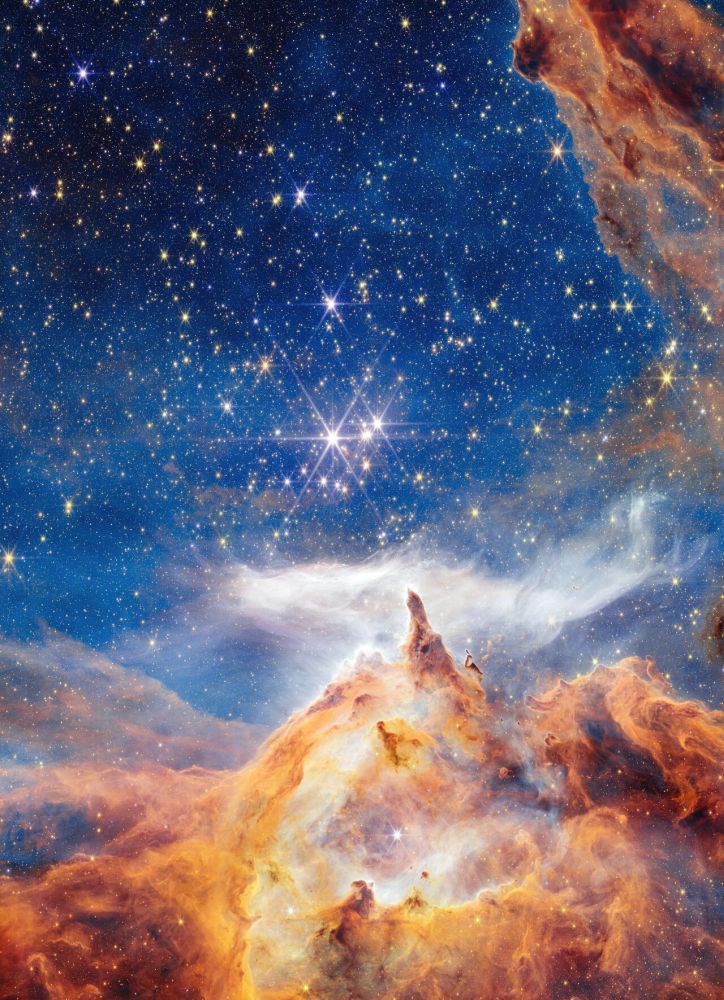
This sparkling scene of star birth was captured by the NASA/ESA/CSA James Webb Space Telescope. What appears to be a craggy, starlit mountaintop kissed by wispy clouds is actually a cosmic dust-scape being eaten away by the blistering winds and radiation of nearby, massive, infant stars.
Continue reading
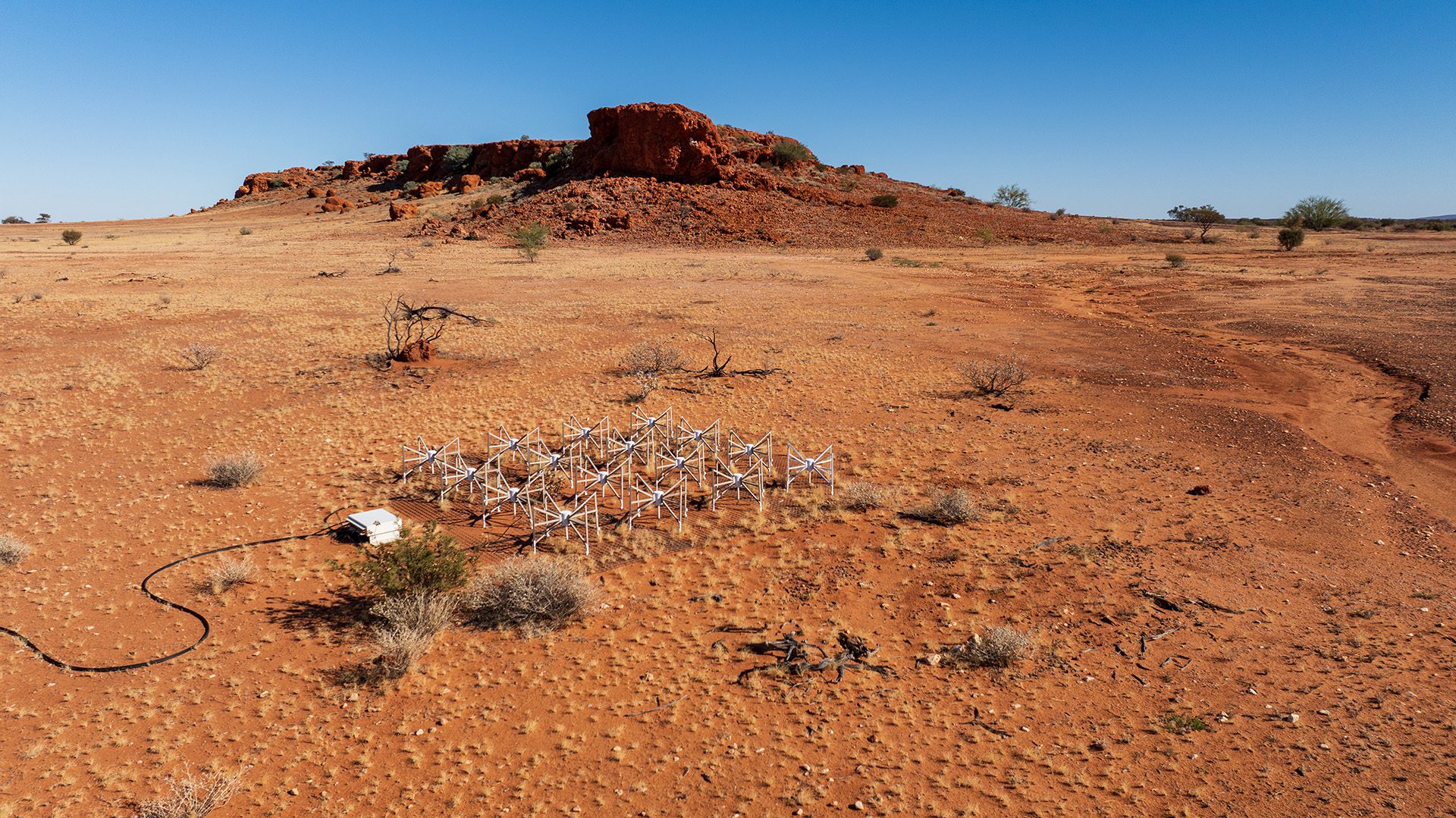
Radio astronomy took another step forward recently, with the completion of Phase III of the Murchison Widefield Array (MWA) in Western Australia. We’ve reported before on how the MWA has investigated everything from SETI signals to the light from the earliest stars. WIth this upgrade, the MWA will continue to operate with much needed improvements while the radio astronomy awaits the completion of the successor it helped enable - the Square Kilometer Array (SKA).
Continue reading
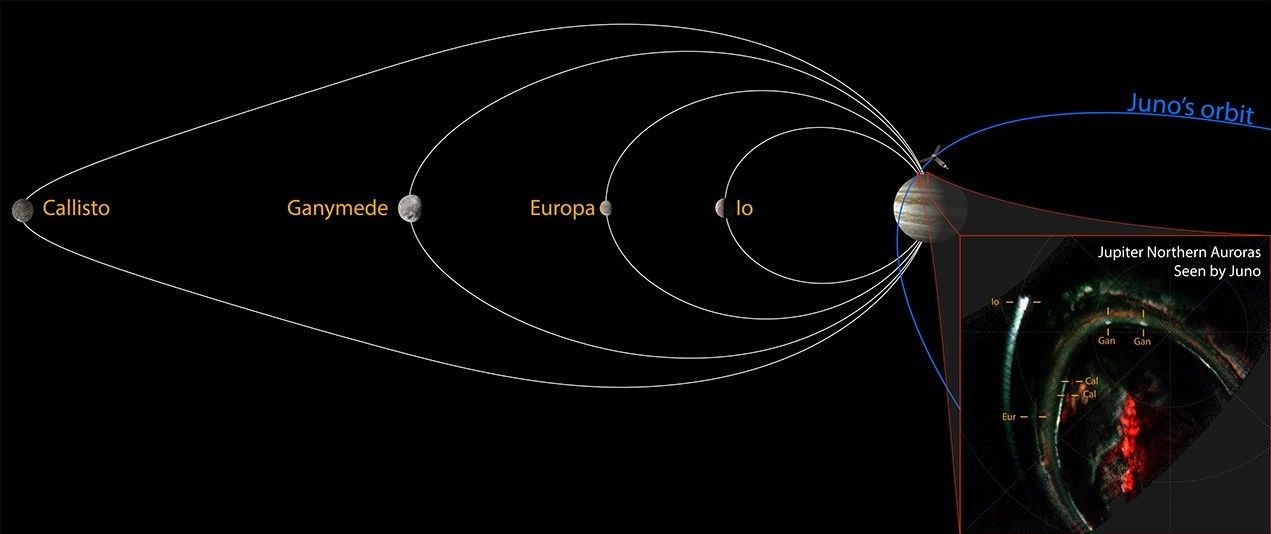
Jupiter hosts the brightest and most spectacular auroras in the Solar System, and its largest moons (the Galileans) create their own auroral signatures known as “satellite footprints” in the planet’s atmosphere. Until now, astronomers had detected the auroral signatures of three Galileans (Io, Europa, and Ganymede), but not Callisto. Thanks to an international team, close-up images of Callisto's footprints have been seen at last.
Continue reading
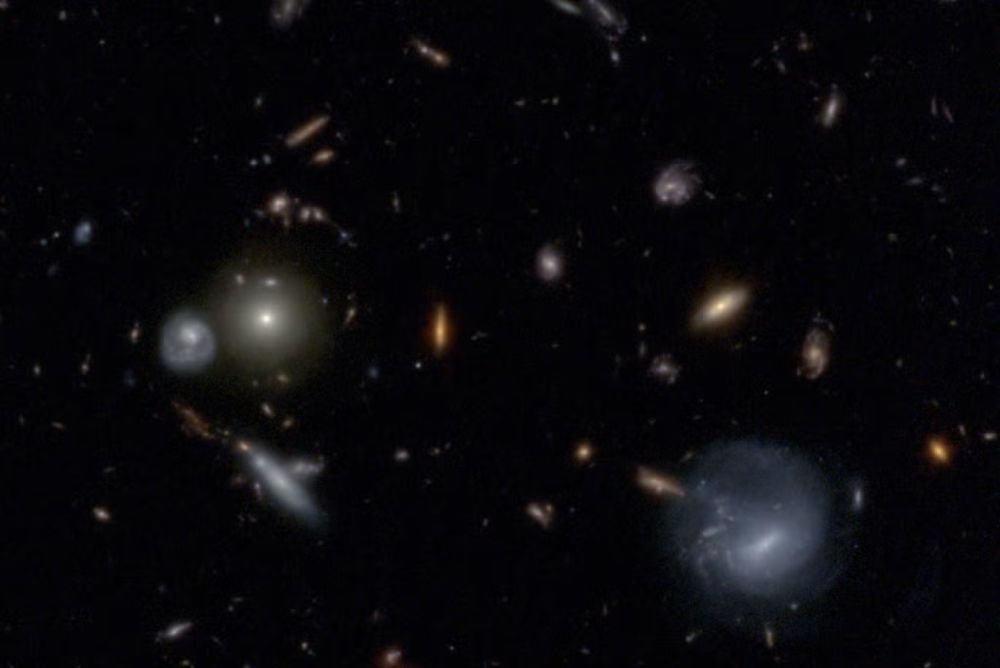
The JWST is performing a new multi-wavelength survey called MINERVA (Medium-band Imaging with NIRCam to Explore ReVolutionary Astrophysics). It'll study four extragalactic fields in greater detail and depth, and will help us understand the Cosmic Dawn.
Continue reading
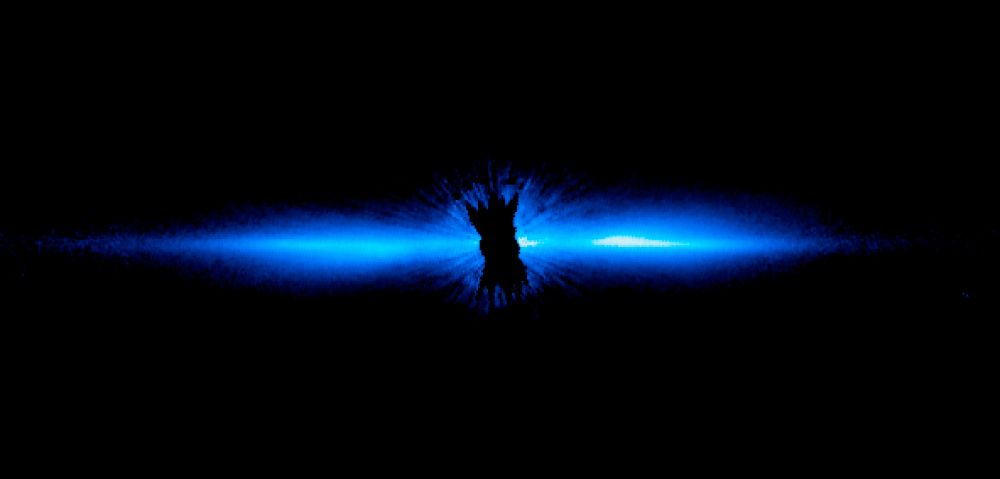
Astronomers struggle to detect small exoplanets directly. One tool they use is to search for the effects these planets have on debris disks around stars. Clues in these disks tell astronomers where they can find sub-Jupiter mass exoplanets.
Continue reading
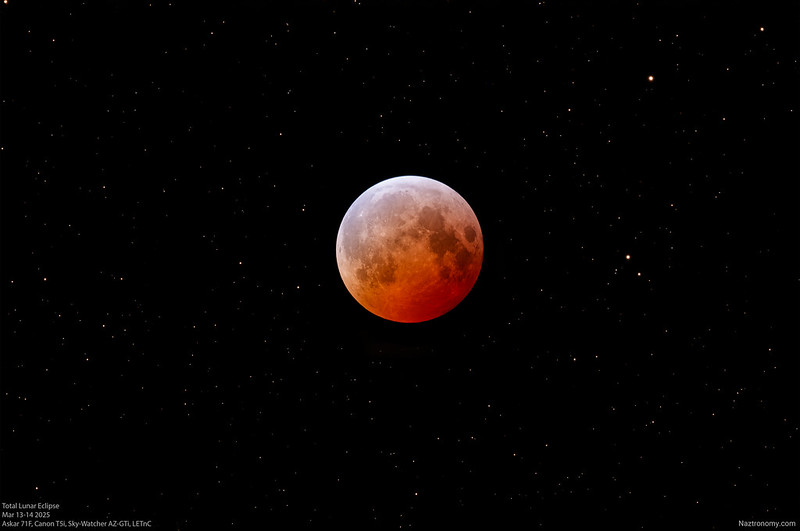
Live in the eastern hemisphere? If skies are clear, you have a chance to see a remarkable sight this Sunday night into Monday morning: the ‘Blood Moon’ of a total lunar eclipse. The eclipse favors the Indian Ocean region in its entirety. Europe sees the eclipse already underway at Moonrise, while Australia catches it in progress at Moonset. Only the Americas sit this one out in person... though you can still catch it live online.
Continue reading
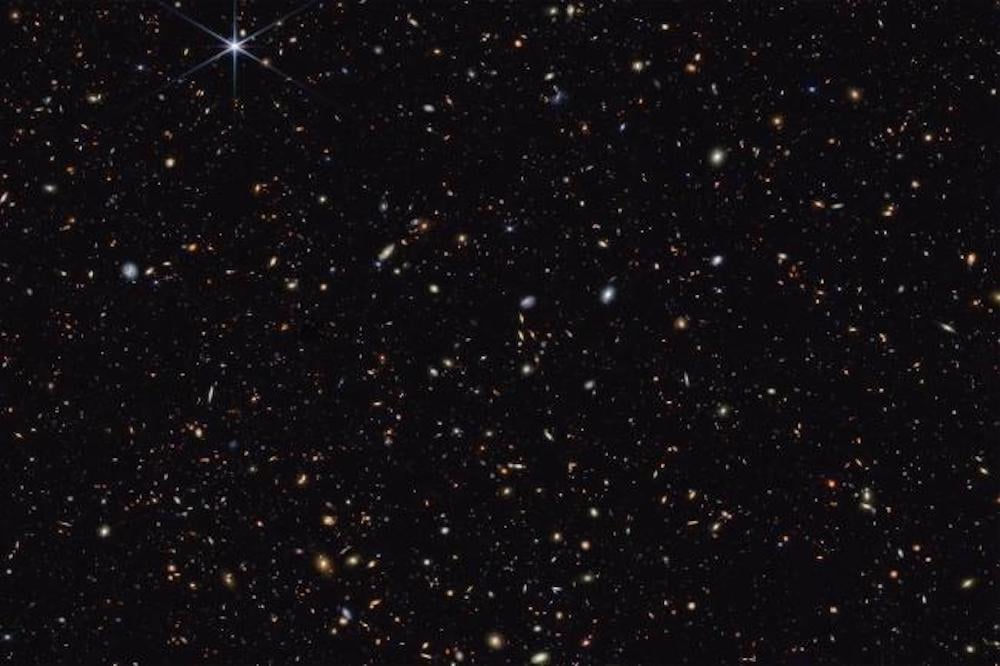
One of the most difficult parts of astronomy is understanding how time affects it. The farther away you look in the universe, the farther back you look in time. One way this complicates things is how objects might change over time. For example, a supermassive black hole at the center of a galaxy in the early universe might appear one way to our modern telescopes, but the same supermassive black hole might appear completely differently a few billion years later. Understanding the connection between the two objects would be difficult to say the least, but a new paper from researchers at the University of Science and Technology in South Korea describes one potential parallel, between the recently discovered “Little Red Dots” of the early universe and “BlueDOGs” of the slightly later universe.
Continue reading
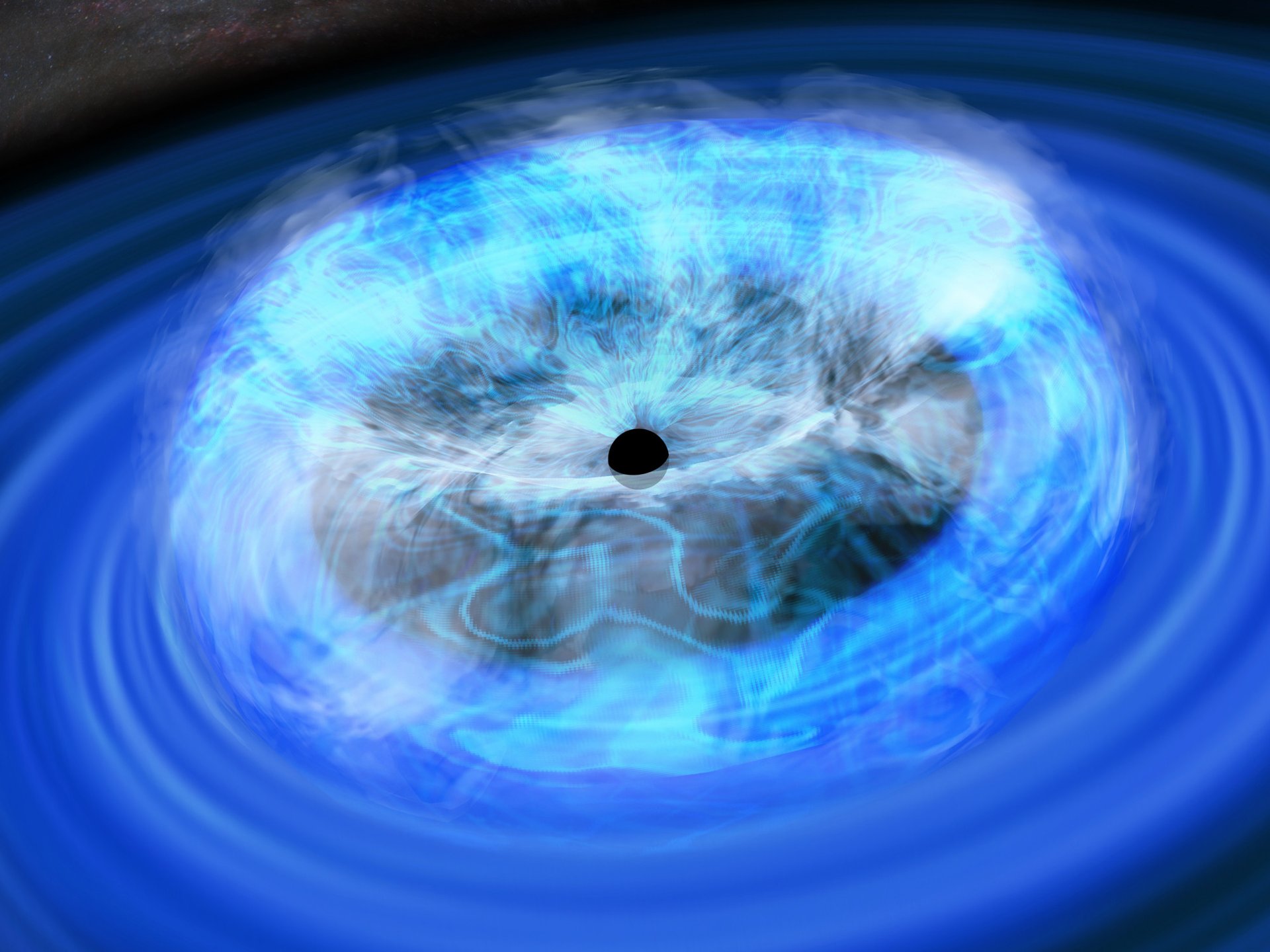
An international team of astronomers led by Matus Rybak (Leiden University, Netherlands) has proven, thanks to accidental double zoom, that millimetre radiation is generated close to the core of a supermassive black hole. Their findings have been accepted for publication in the journal Astronomy & Astrophysics.
Continue reading

 Universe Today
Universe Today


















